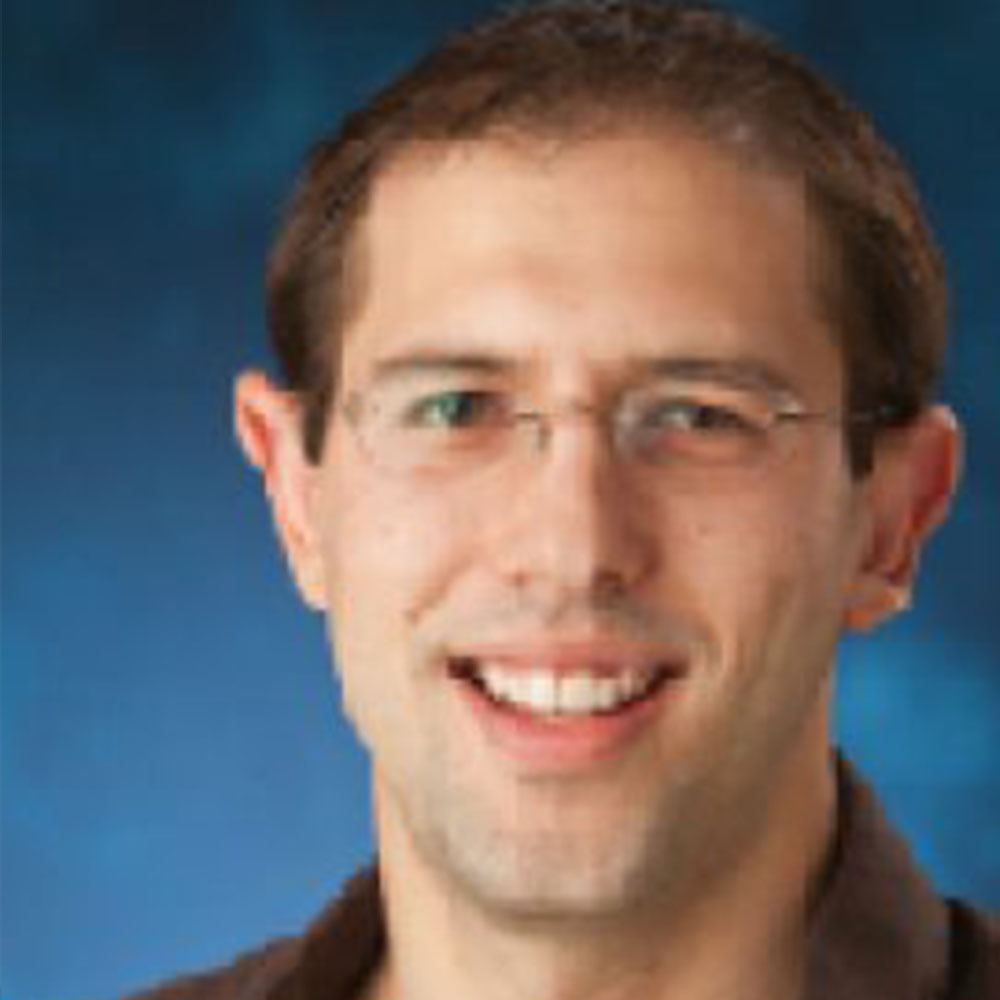Josh Pasek, College of Literature, Science, and the Arts - Communication & Media

One rallying cry throughout the pandemic has been that policymakers and citizens should simply “follow the science.” Doing so, many seemed to presume, would lead to a clearheaded understanding of which restrictions to impose and when to impose them. A longstanding lesson of the Debating Politics and Science class (Comm 467) is that this process is hindered by scientific uncertainty, the challenge of translating science into policy, the game of telephone that occurs as scientific knowledge moves through media and public opinion, and the complications of simultaneously considering public behavior. These hurdles can lead to policy making that often seem disconnected from the science on which it is based.
Amidst the coronavirus pandemic, when the science and the public response to that science were rapidly changing, the Debating Politics and Science class shifted to an experiential model of learning to simulate the process of how science, public opinion, and policy interact. Students were divided into four groups that correspond with four key sets of actors working to translate between science and society. The Science Committee tracked the changing state of the science on the coronavirus. A Behavioral Committee followed the behaviors of segments of the community to understand what was currently being done and what the state of risk looked like. The Outreach Committee generated persuasive messages to improve community behaviors related to viral spread. Lastly, a Policy Committee managed our class policies to help coordinate the other groups, and advocated for policy changes at the college level.
Students were completely engaged from the outset of the simulation. By the end of the class, they had not just learned about how science becomes public opinion and policy, they experienced it.
As soon as students joined their committees, they quickly found that they needed to develop standardized procedures for coordinating tasks both within and across committees. It became apparent that each group needed to build institutional memory so that students switching committees throughout the term could be quickly integrated into the group’s efforts. Within their groups, students devised procedures for researching new topics, templates for standardizing presentations to the other groups, and roadmaps to plan out their progress moving forward.
The science committee kept up with CDC summaries of the current state of the virus and tracked down scientific analyses of risk factors that could form the basis for making decisions. They traced relevant considerations for everything from the Delta variant to COVID-19 myths to the pandemic’s progression to endemic status.
The behavioral group collected regular survey data to understand the level of risk behavior among members of the class, what class members were thinking about the pandemic, and ran an informal survey of coffee shops in local counties to assess what masking rules and behaviors looked like across Washtenaw county.
The outreach committee produced a series of TikTok videos designed to simultaneously elicit engagement and encourage public health supporting behaviors, one of which went truly viral. The committee also reached out to county public health officials determine what messages would be most effective coming from students in the class.
And the behavioral committee not only coordinated the efforts of these groups, but also worked with relevant parties in student government to assess what they could best do to affect on-campus change.
Simulation classes thrive at the level of the imaginary. Students in them are asked to pretend that they lived in a particular place and time or to adopt the role of a particular actor or set of actors in a fictitious (if realistic) environment. Yet much of what we study in the social sciences concerns the here-and-now. Whereas imaginary simulations can be immensely engaging for students and have proven among the most effective teaching techniques, our class was able to yoke our simulation to the present day. This not only addresses a critical component of social science pedagogy, but meant that students often needed to respond to events in the news and that class efforts yielded meaningful outputs.
The real-time committee-based simulation piloted in the Fall 2021 version of the Debating Politics and Science class presents a novel approach to meaningful teaching that has an impact both inside and outside the classroom. Because the committees were directly aligned with class goals, students were able to use their own agency to construct their knowledge. And because students had the agency and responsibility for organizing and documenting their efforts, they learned critical communication and collaboration skills and their own recordkeeping served as a gradable product of the class. Finally, this was an experience that was fun and that they are likely to forget.
Although there was some nuance to figuring out how the specifics of the real-world situation could be distilled into a simulation, the process of doing so was not particularly onerous, and the value was clear. Similar initiatives could easily be applied elsewhere.
Above photo:
Josh Pasek, College of Literature, Science, and the Arts - Communication & Media




